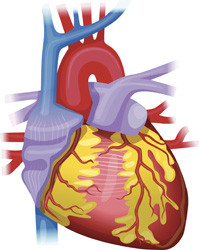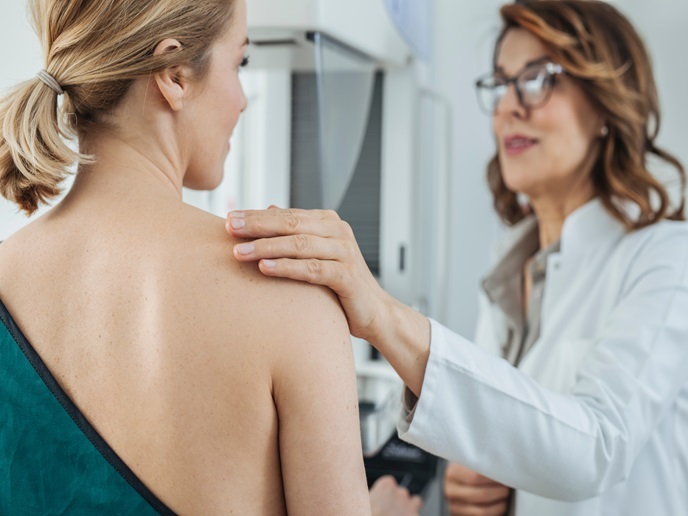From ion channels to cardiac pathologies
Voltage-gated ion channels, ubiquitously expressed in human tissues, have diverse physiological functions. They generate and modulate the electrical activity in excitable cells such as neurons and myocytes, as well as neurotransmitter and hormone release. Mutations in ion channels lead to a variety of pathologies. Structural and functional characterisation of ion channels makes the development of new relevant therapies possible. Funded by the EU, the project 'Molecular mechanisms of ion channels voltage-dependency' (MECAVDEP) was dedicated to cardiac and skeletal muscle channels. The voltage dependence of the cardiac muscle potassium channel Kv and the skeletal muscle sodium channel Nav underwent investigation on a molecular level. The channel protein binds the ligand, which locks the channel in a closed state in a voltage-dependent fashion. The project team investigated the therapeutic potential of the constructed inhibitory and activatory peptides for cardiac and skeletal muscle pathologies. Project members confirmed that the developed molecular model of voltage dependence also applies to the bacterial channel NavSp1. Such a channel with known structure can serve as a powerful tool to decipher the molecular details of voltage dependence. Building a dynamic model of the NavSp1 channel voltage gating will allow better understanding of interactions with inhibitory and activatory peptides. It will also facilitate design of peptides with enhanced potency, as a new step toward therapeutic tools. The effects of 27 peptides on the biophysical characteristics of the Nav channel expressed in the cells revealed the mechanics of their interaction with the gate. Importantly, an activating peptide corrected the mutation responsible for Long QT syndrome in vitro in COS-7 cells. Now available to the researchers, induced pluripotent stem cells-derived cardiomyocytes issued from the Long QT patient serve as a pathophysiological model for further studies to evaluate the potency of the peptides.







